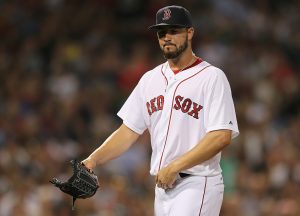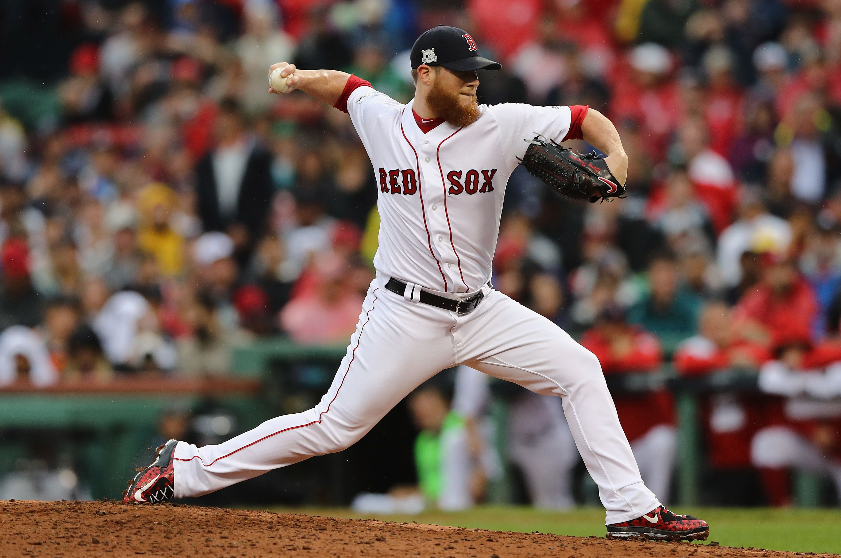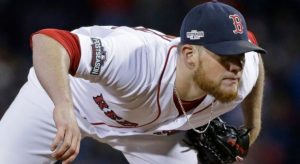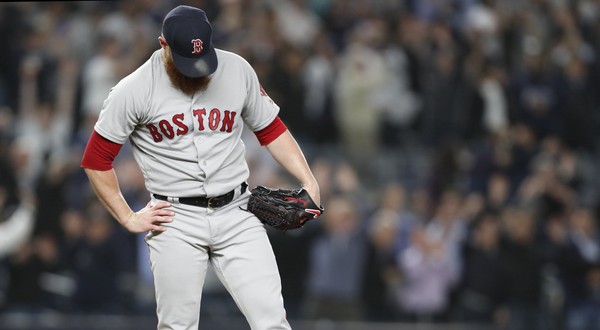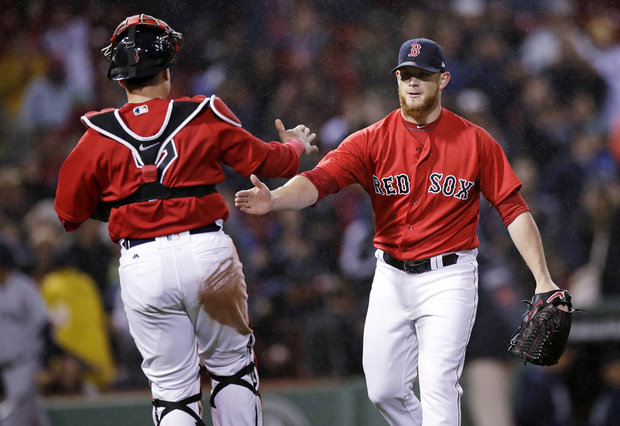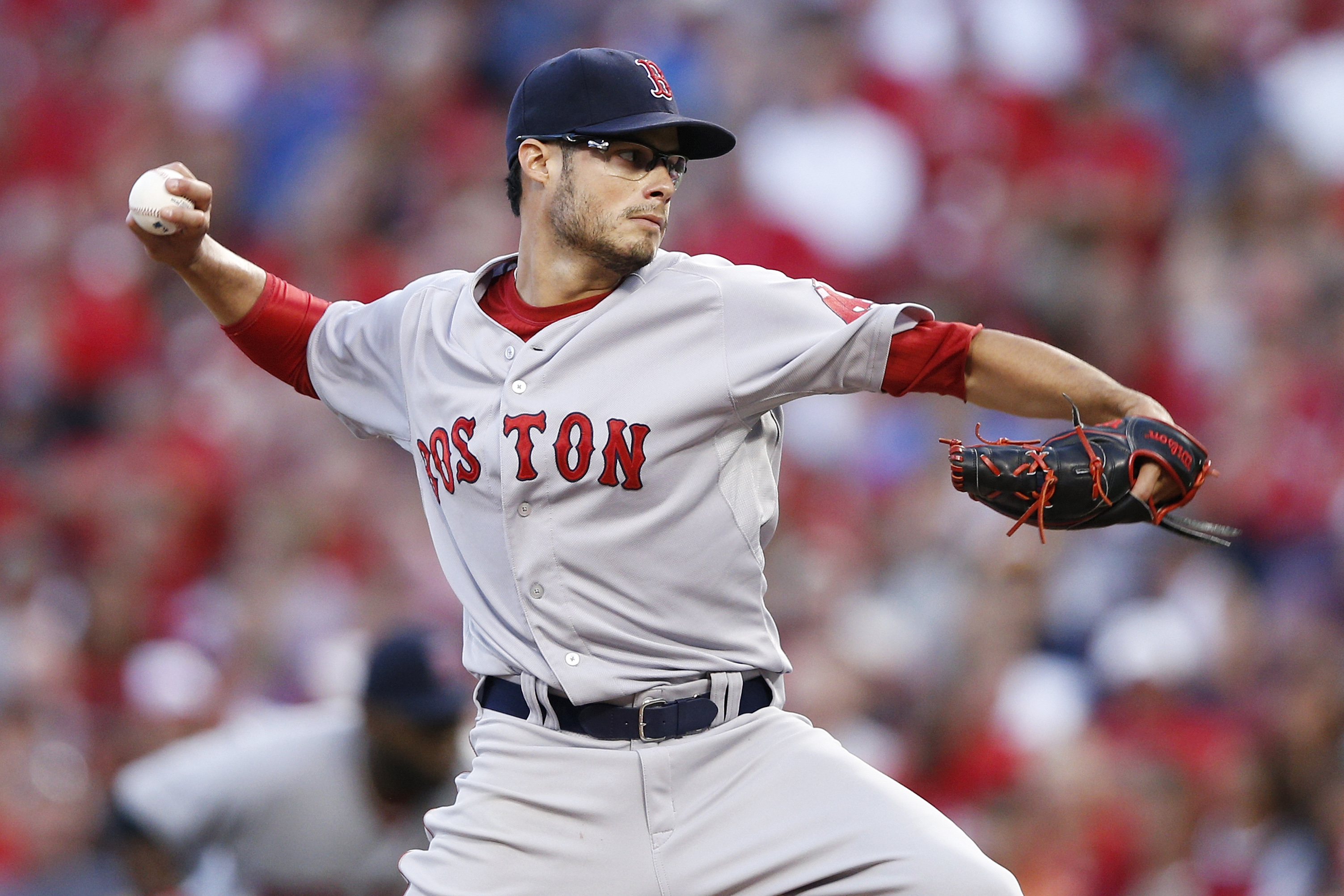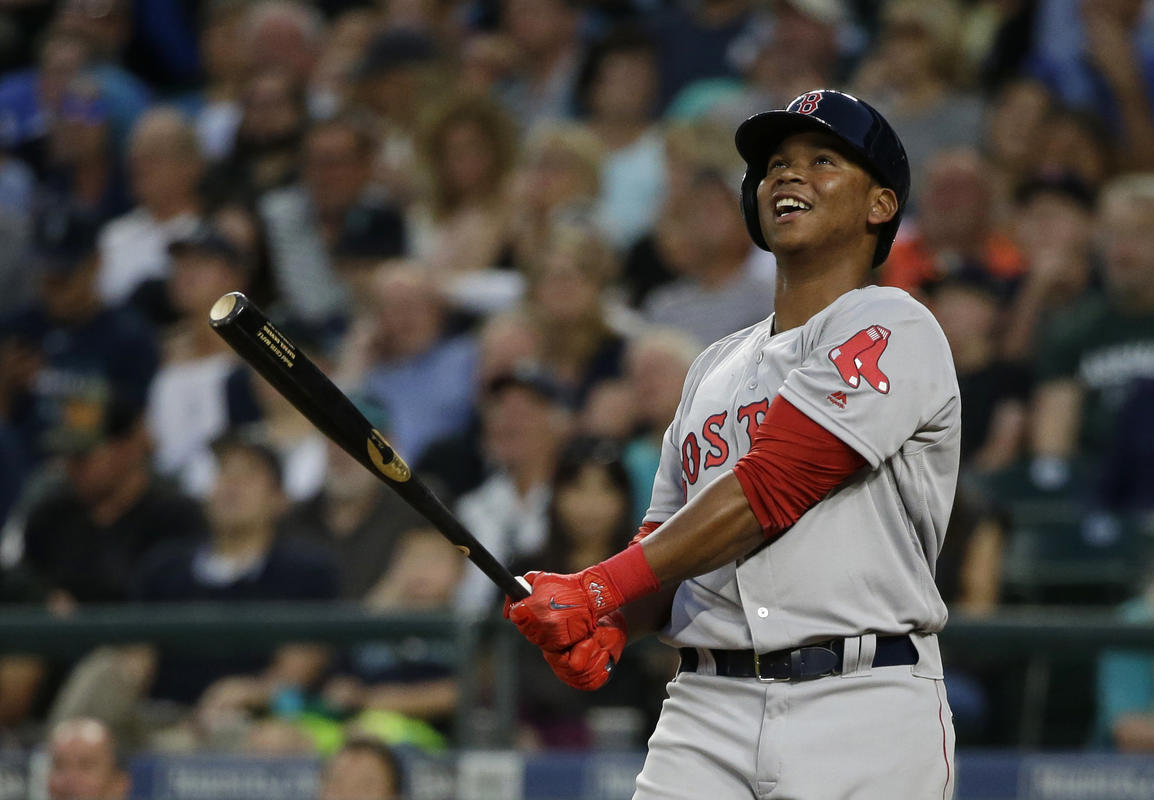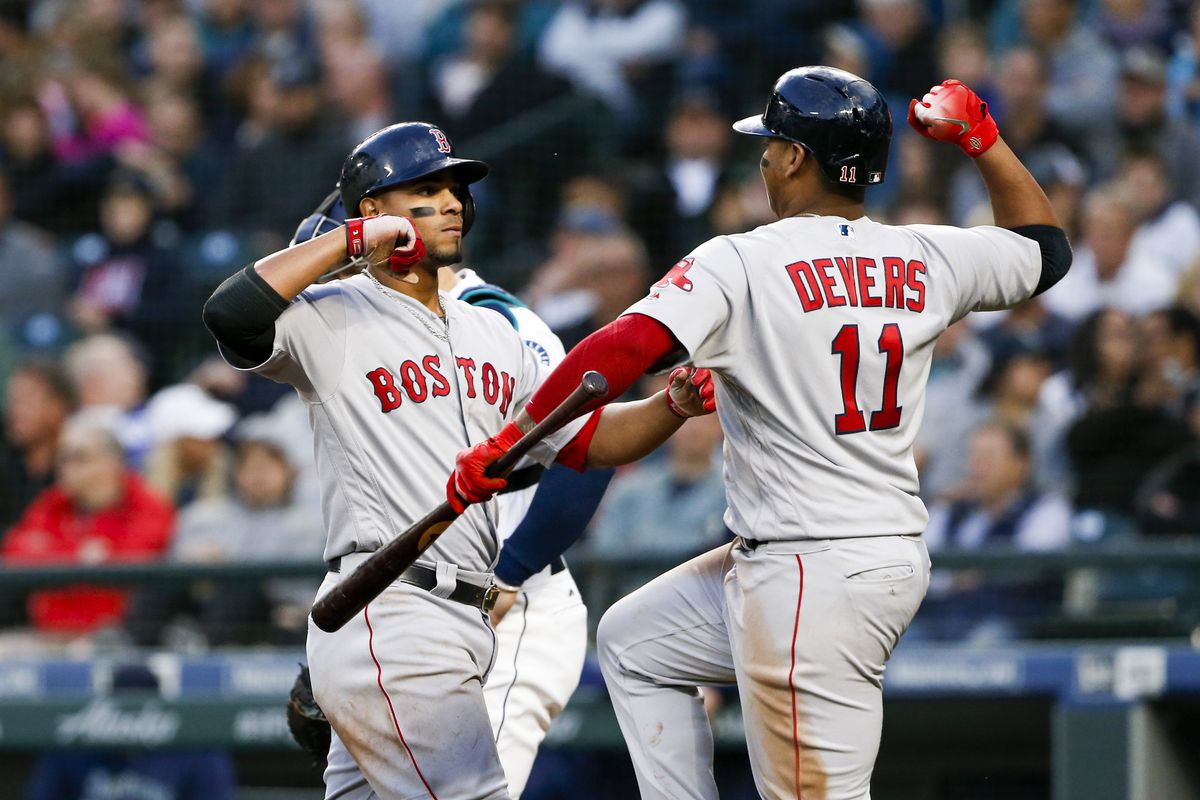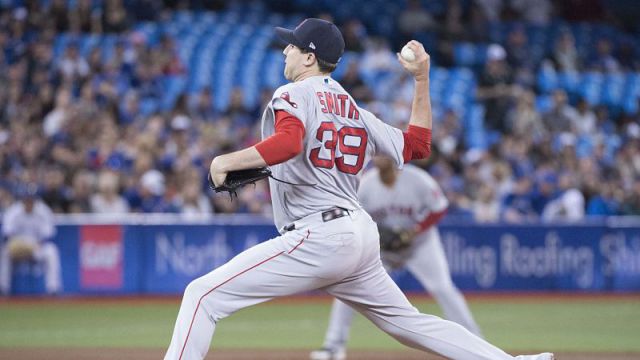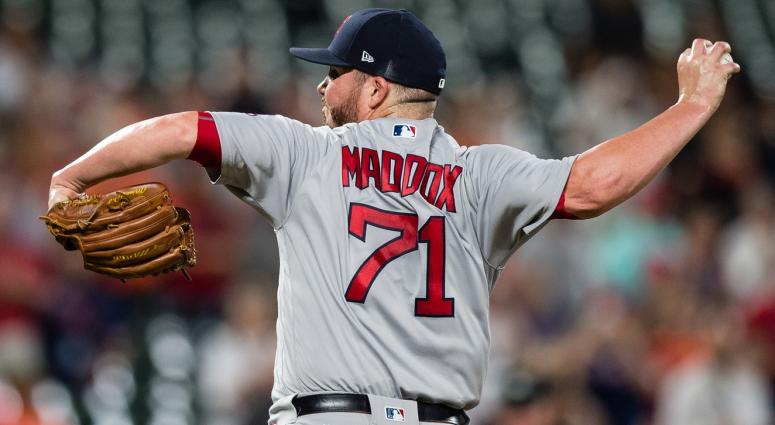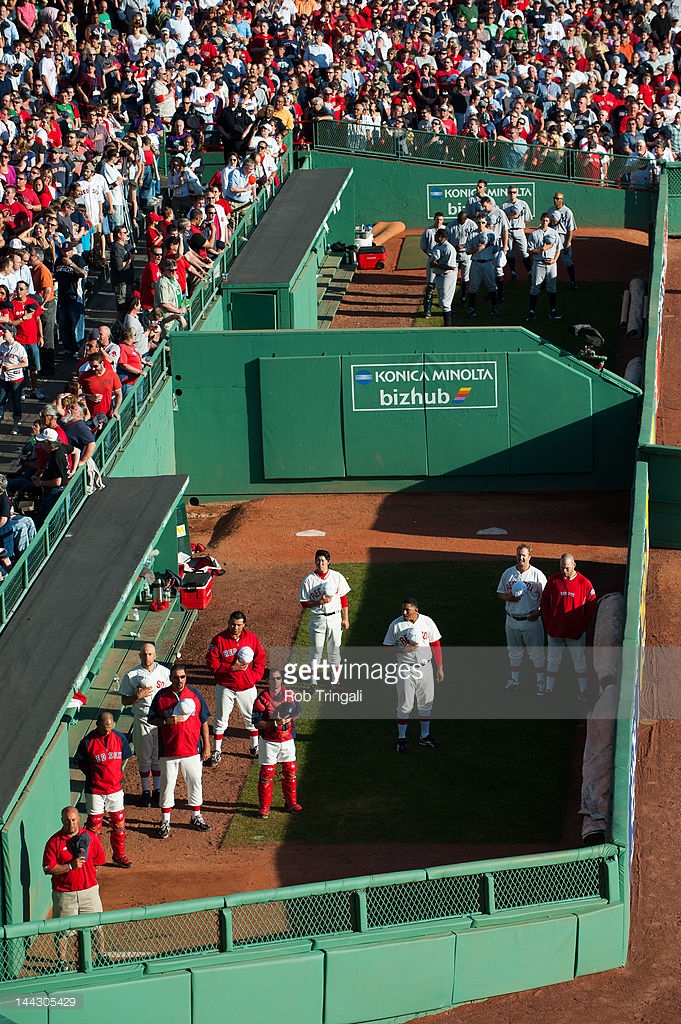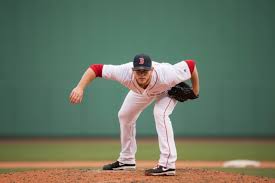Well that was a dud. Chris Sale was bad, the bullpen was bad, the bats only managed 4 runs in a 12-4 loss. But this isn’t about injury, and it’s not about punching holes in the teams’ talent. This was a wake up call for a team coming off arguably the most historic season in it’s 117 year history.
Chris Sale
Yesterday we pointed to Chris Sale’s velocity to see if he was on board with the plan to take it easy. Thanks to Brooks Baseball we can see that his average four seam fastball traveled at 92.9 MPH. That is exactly where he needs to be in order to both last the season without breaking down, and be effective. Tony Massarotti points out that Sale averaged 94 MPH on his four seamer last April, and he went 2-1 with a 2.31 ERA then.
This is a new world for Sale. His whole life he has given 100% all the time. The Red Sox are asking him to dial it back so he’s in peak form for the playoffs. He’s being asked to be the Ace of the Boston Red Sox. He has a new contract. There is a lot on his shoulders. We know he gets it, he’s accountable, he’s passionate.
The Bullpen
The bullpen went 5 innings and gave up 4 earned runs. That’s not good. They’re not world beaters, but they’re also not a wheel of gutless bums. Coming into a Chris Sale game in the fourth inning down 7-2 is not normal.
Tyler Thornburg has a long way to go to receive Red Sox fans’ confidence, but despite what Dave Dombrowski says, he’s not being depended on to be a lock down guy. Alex Cora has sung Hector Velazquez’s praises, but he’s a mop up guy. He gave up 2 or more earned runs 10 times last year.
The only guy who was looked at as dependable in any way last year that pitched last night was Heath Hembree. He threw 17 pitches and got 2 outs, with a strike out and walk thrown in there. That’s an acceptable 7th inning guy, which is what he is being asked to be in the long run.
The Lineup
These guys can fall out of bed and score four runs against the Mariners’ pitching staff. That’s exactly what they did. They tested out a double steal, neat. Mookie went 3-4 and J.D. went 2-5, fabulous.
But where were the grind out at bats? The offense was listless.
The Outfield Defense
Good execution on throwing out Haniger at home by the team. But that was more routine and execution by Vazquez at home, that anything amazing on Mookie’s part.
And then there was the Mookie – Jackie almost debacle. Mookie called for the ball, and Jackie almost knocked it out of his glove by bumping into him in the outfield.
Wake Up Calls
This was all a lack of focus.
Chris Sale is human. His location was off. That falls into execution. Last season he decided to dial it up in June and July. He’s going to need to find that 2018 April for the full season.
It’s the major leagues. Batters can’t just roll out of bed and show up to win games. They need to focus on every pitch.
We haven’t seen the real bullpen weapons yet. We’ll have to wait and see how Barnes and Brasier and Brewer do. If they perform like Thorburg and Velazquez it will be a problem.
Outfielders need to be engaged. That means in every way, including communication. What happened with Bradley and Betts should not happen, no matter what stadium they’re in.
From here it feels like they all needed a wake up call to focus on the new season and leave 2018 behind. It’s a new world. They’re defending Champs coming off a historic season. A 12-4 lashing by the Seattle Mariners hopefully did the trick. Let’s see if Alex Cora and the team can come to the park with a renewed sense of the here and now tonight.
Image via NBCSN
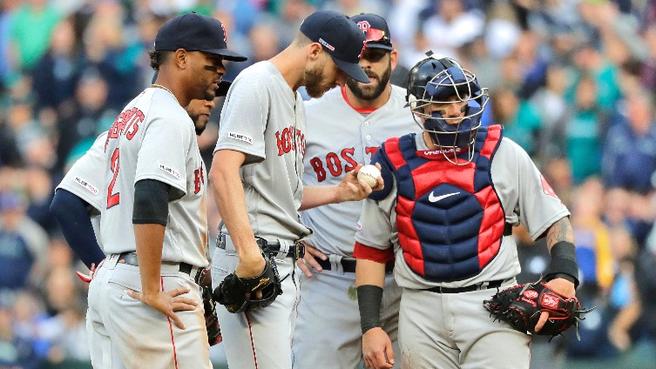
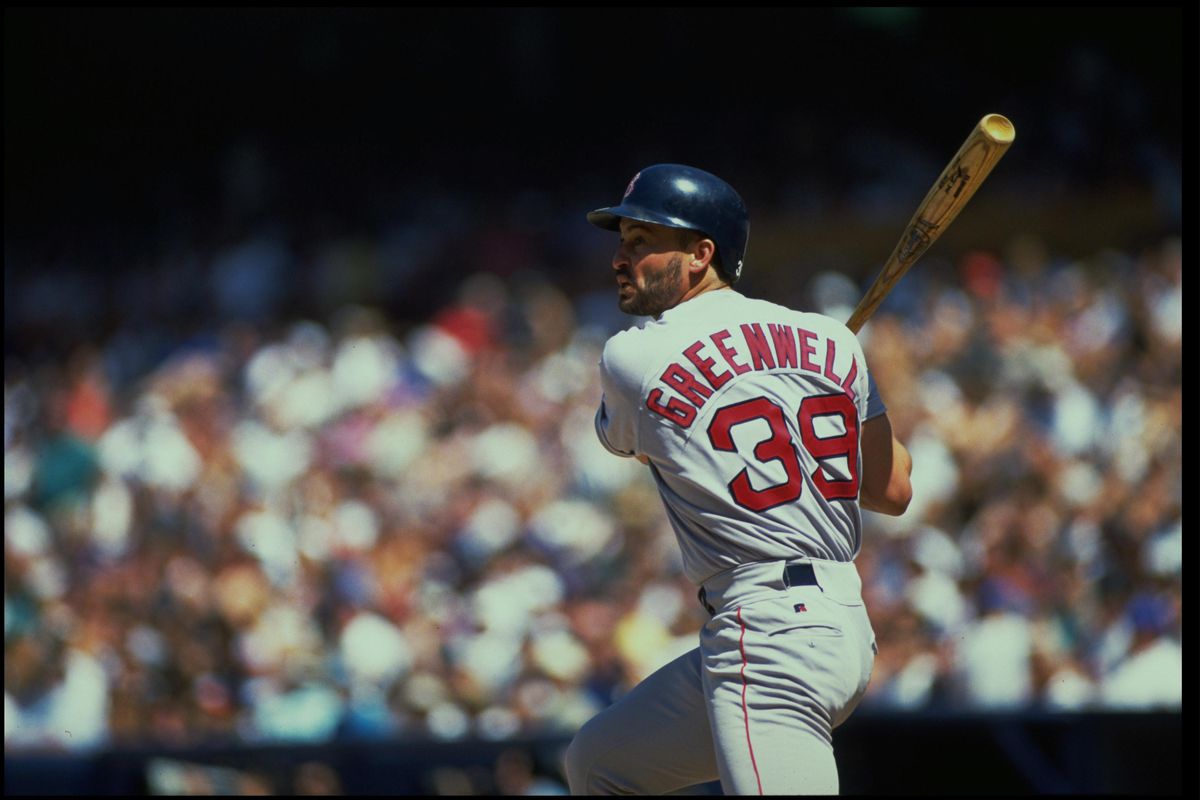
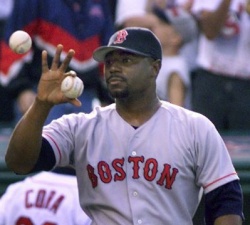
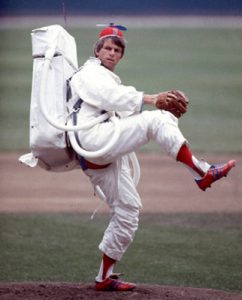
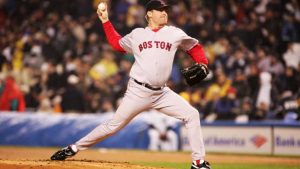
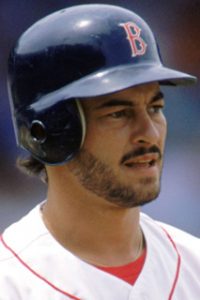
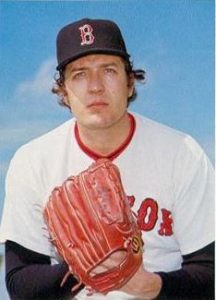
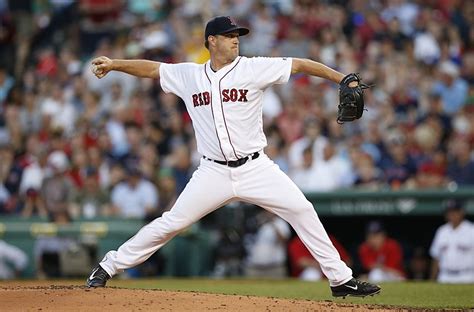
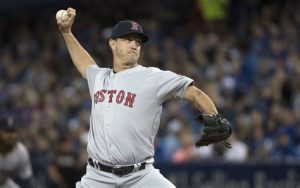 The Cons
The Cons